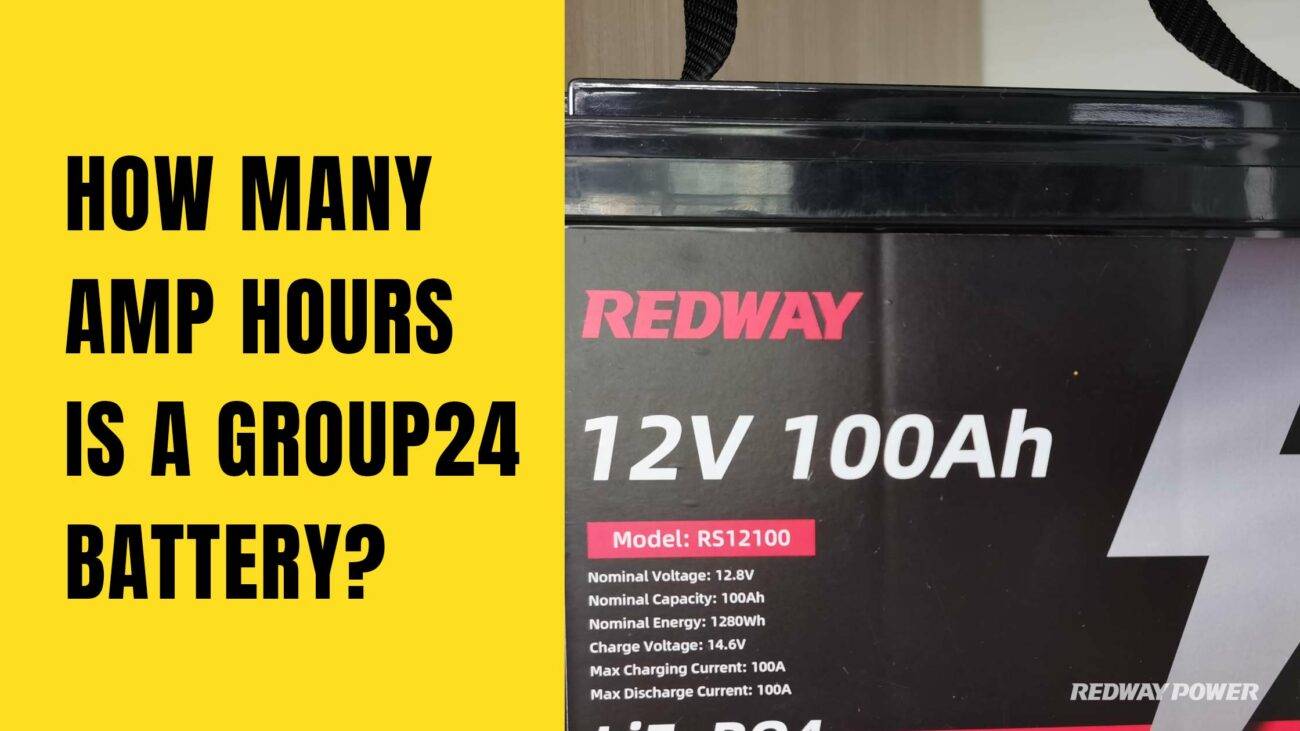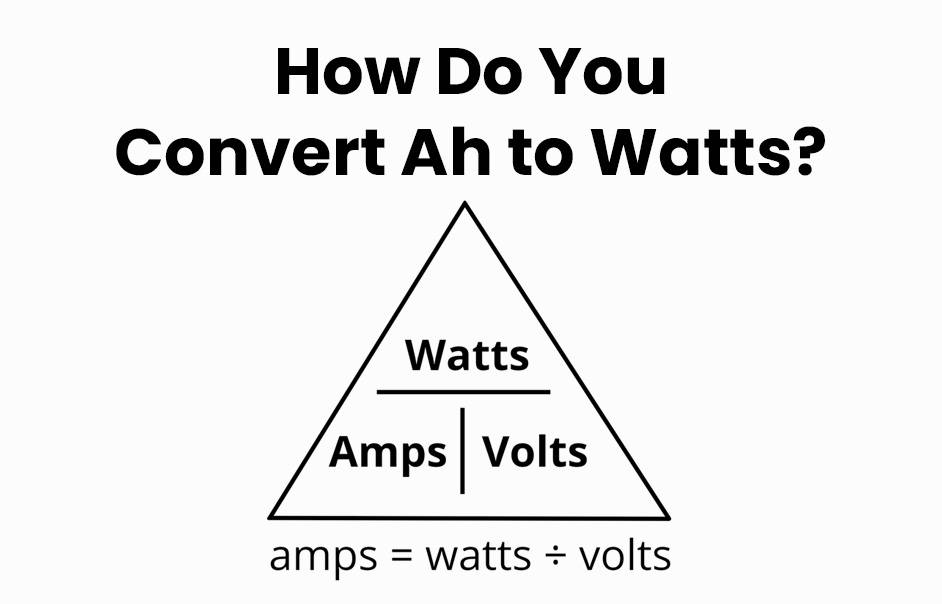Learn how to convert battery amps to amp-hours for better power management. Explore its importance, the conversion formula, examples, and tips for prolonging battery life in this informative blog post.
Understanding Battery Amps and Amp-Hours
Battery amps represent immediate power output, while amp-hours measure total energy storage capacity over time. Understanding both is crucial for selecting appropriate batteries. Amps indicate instant power delivery, while amp-hours estimate how long a battery can sustain current before recharge. This knowledge aids in planning activities with limited access to electricity. Knowing their conversion helps manage power needs efficiently.
Why Knowing the Conversion is Important
Understanding how to convert battery amps to amp-hours is vital for anyone relying on batteries, whether for small gadgets or large-scale applications. Knowing this conversion allows you to estimate how long your battery will last and plan accordingly. Here’s why it’s important and how to do it:
- Estimating Battery Life: Knowing the conversion helps you calculate how long a battery will last based on its capacity and voltage rating. For example, dividing a 60 amp-hour battery by its 12-volt rating gives you 5 hours of runtime.
- Simple Conversion Formula: The conversion formula is straightforward: divide the battery’s total capacity by its voltage rating. For instance, for a lithium-ion battery pack rated at 2000 milliamp-hours (mAh) and an average operating voltage of 3 volts, dividing 2000 mAh by 1000 (to convert to Ah) gives you 2 Amp-Hours (Ah). Dividing that by the average operating voltage gives you the runtime.
- Tips for Battery Maintenance: To extend battery lifespan and performance, avoid overcharging or deep discharging, store batteries in cool temperatures, use energy-efficient devices, and consider investing in higher-capacity batteries when needed.
By understanding the conversion and following maintenance tips, you’ll maximize battery efficiency, saving money and avoiding unexpected power shortages.
The Formula for Converting Battery Amps to Amp-Hours
Understanding the formula for converting battery amps to amp-hours is crucial for assessing battery capacity accurately. Here’s how to do it:
- Simple Calculation: Divide the battery’s amp rating by the current draw in amps to find out how long it will last. For instance, if you have a 12-volt battery rated at 100Ah and your device draws 5 amps, dividing 100 by 5 gives you 20 hours of runtime.
- Considerations: Keep in mind that this formula assumes a steady current draw, but actual usage may vary. Devices can have fluctuating power needs, so it’s wise to adjust your calculations accordingly.
Understanding this formula empowers you to choose the right batteries for your devices and ensure they meet your power needs effectively. Next time you’re estimating battery life, remember this handy equation!
Examples of Calculating Battery Amp-Hours
Here are some practical examples illustrating how to calculate battery amp-hours:
- Example 1: If you have a battery rated at 10 amps and it runs for 2 hours, the calculation would be 10 amps x 2 hours = 20 amp-hours.
- Example 2: For a device consuming 0.5 amps running continuously for 24 hours, the calculation is 0.5 amps x 24 hours = 12 amp-hours.
- Example 3: To determine how long a battery can power a device with a 6 amp-hour requirement:
Tips for Extending Battery Life
Extending the lifespan of your batteries is essential for optimal performance and cost-effectiveness. Here’s how you can achieve that:
- Avoid Deep Discharges: Don’t let your battery run completely flat before recharging to prolong its lifespan.
- Charge at Correct Voltage: Use the appropriate charger with the right voltage settings to prevent over or undercharging.
- Store Properly: Keep batteries in a cool, dry place away from extreme temperatures and direct sunlight.
- Use Compatible Accessories: Ensure accessories match your battery type to avoid damage.
- Clean Terminals: Periodically clean battery terminals to maintain efficient charging.
- Limit Fast Charging: Fast charging generates heat, which can stress battery cells over time. Opt for regular charging when possible.
- Avoid Extreme Temperatures: High temps increase resistance, while low temps reduce capacity temporarily or permanently.
Following these tips will optimize battery performance and save money by reducing replacements. Understanding battery amp-hours helps make informed energy decisions.







